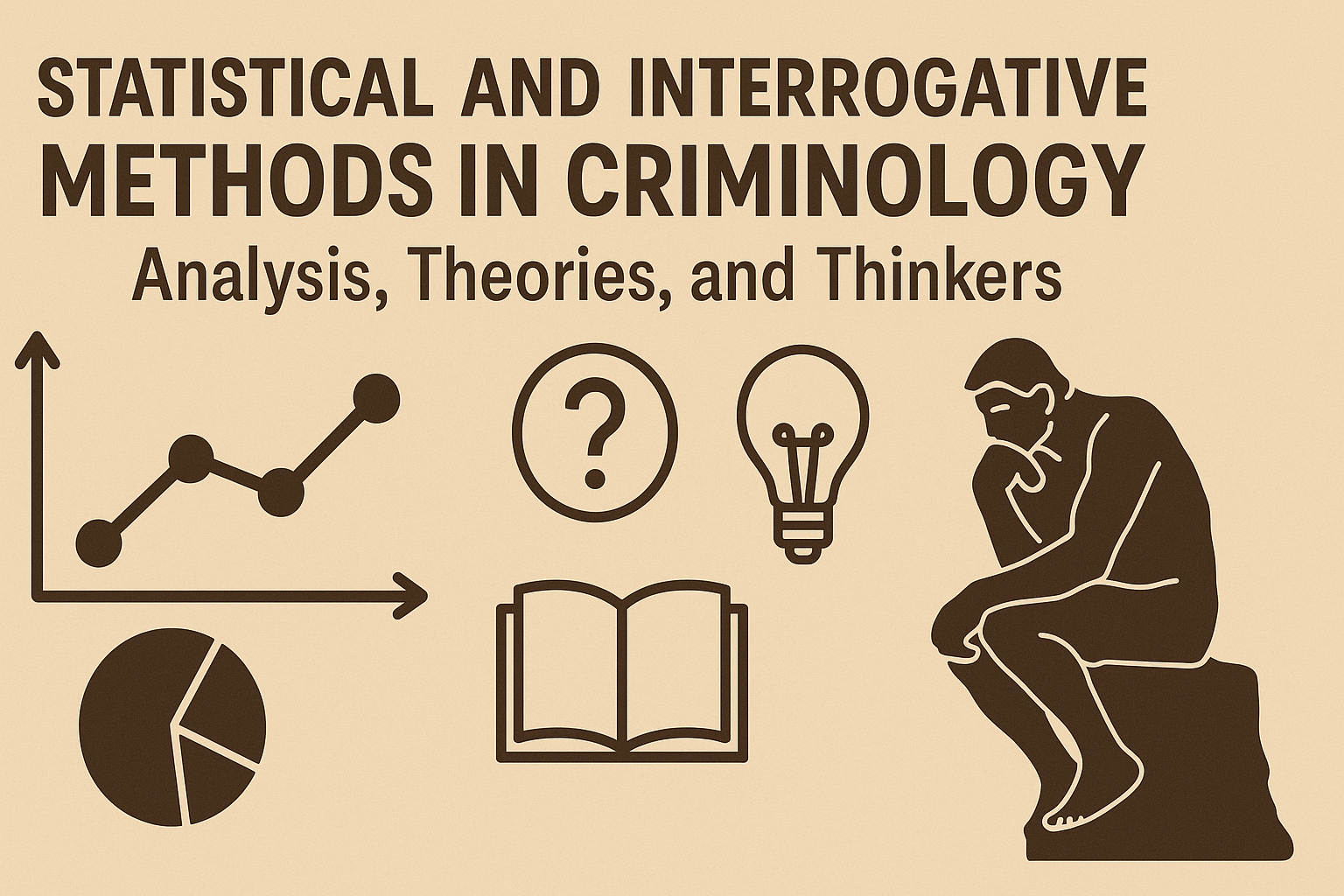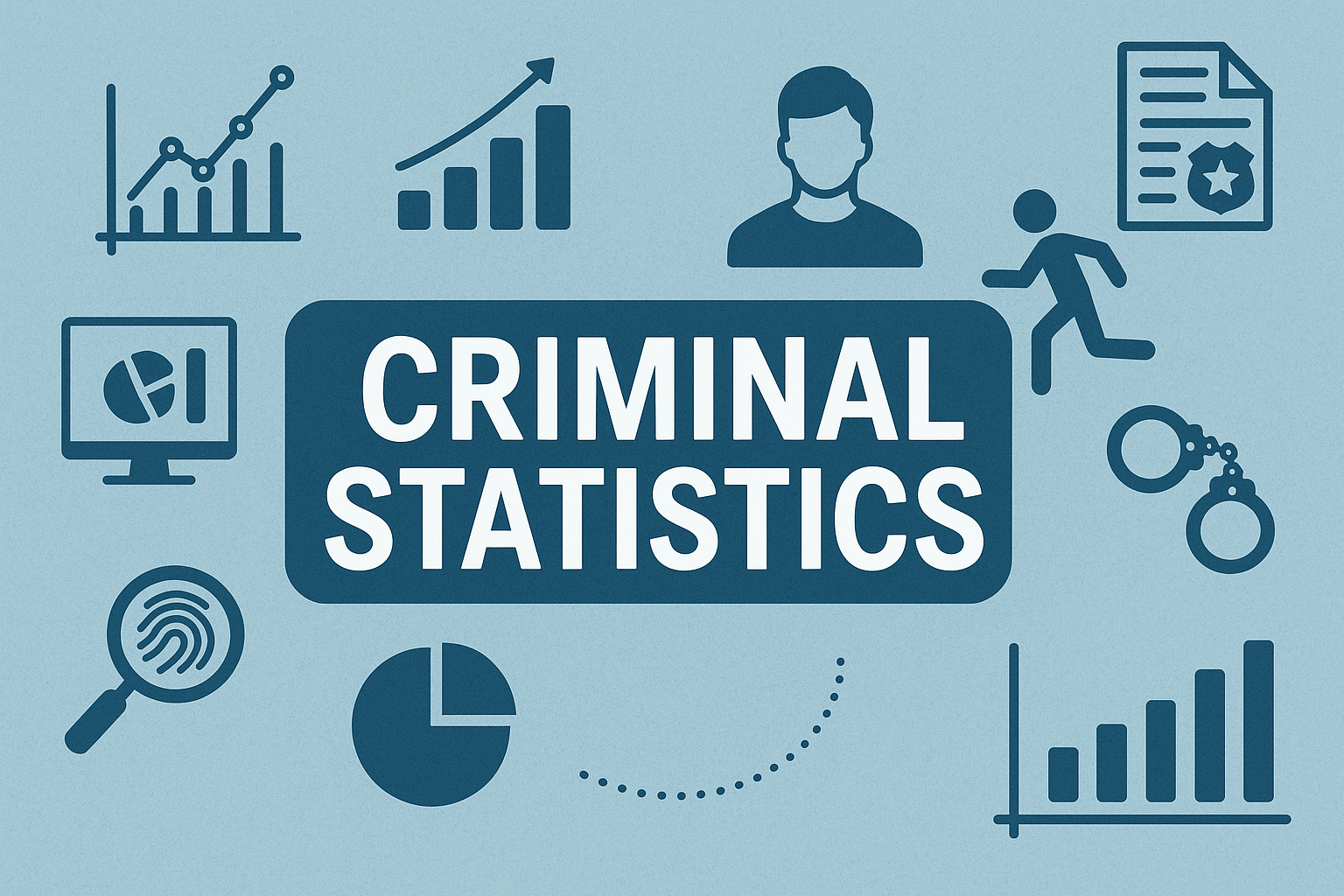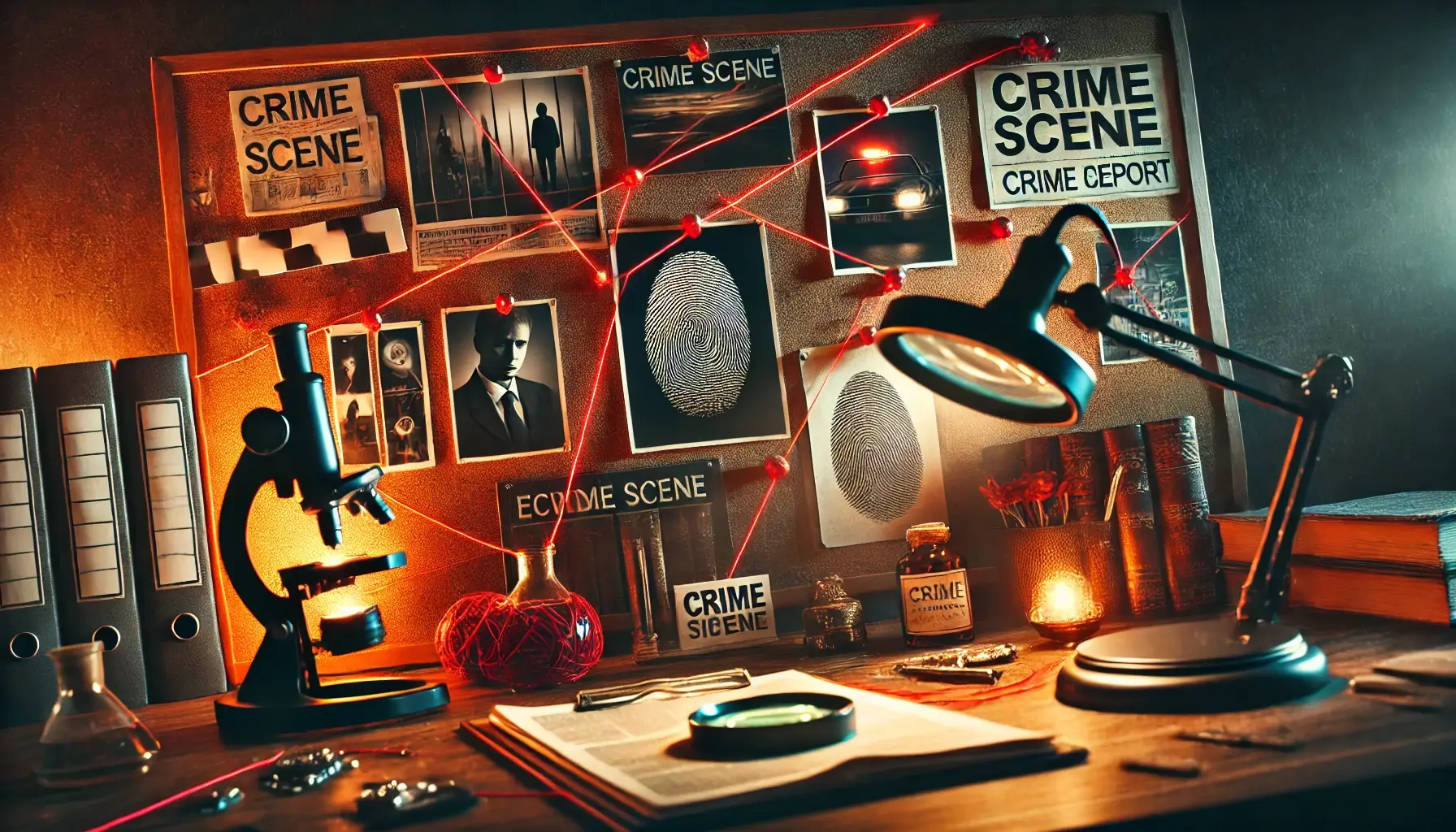The Statistical Method and the Interrogative Method in Criminology
Introduction Criminology is the scientific study of crime, criminal behavior, and the criminal justice system. It aims to analyze the causes, nature, and consequences of criminal acts in society. Within this field, researchers use various tools to uncover patterns, test theories, and interpret criminal phenomena. Two core methodologies dominate criminological research: the statistical method and … Read more



